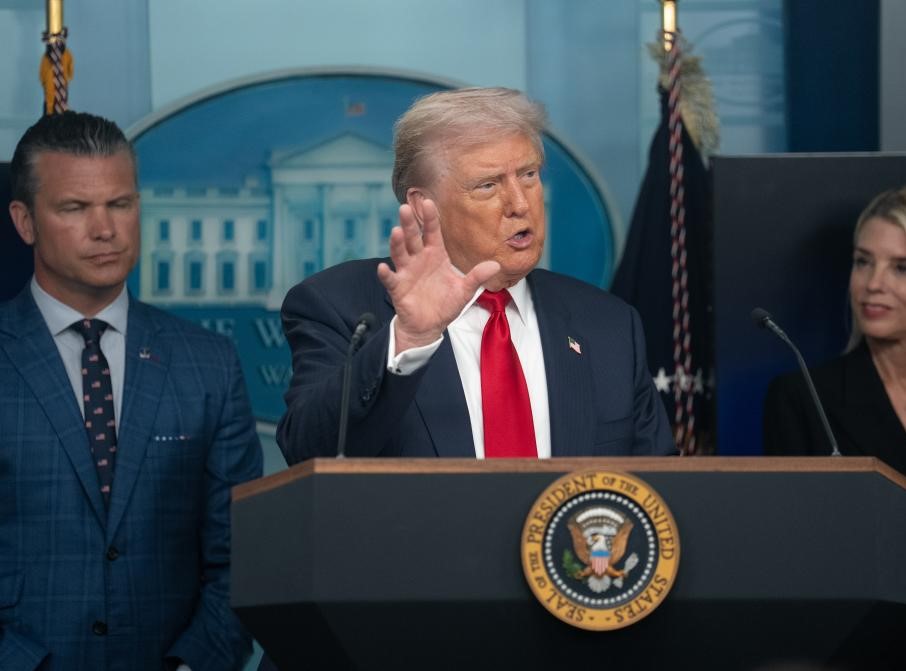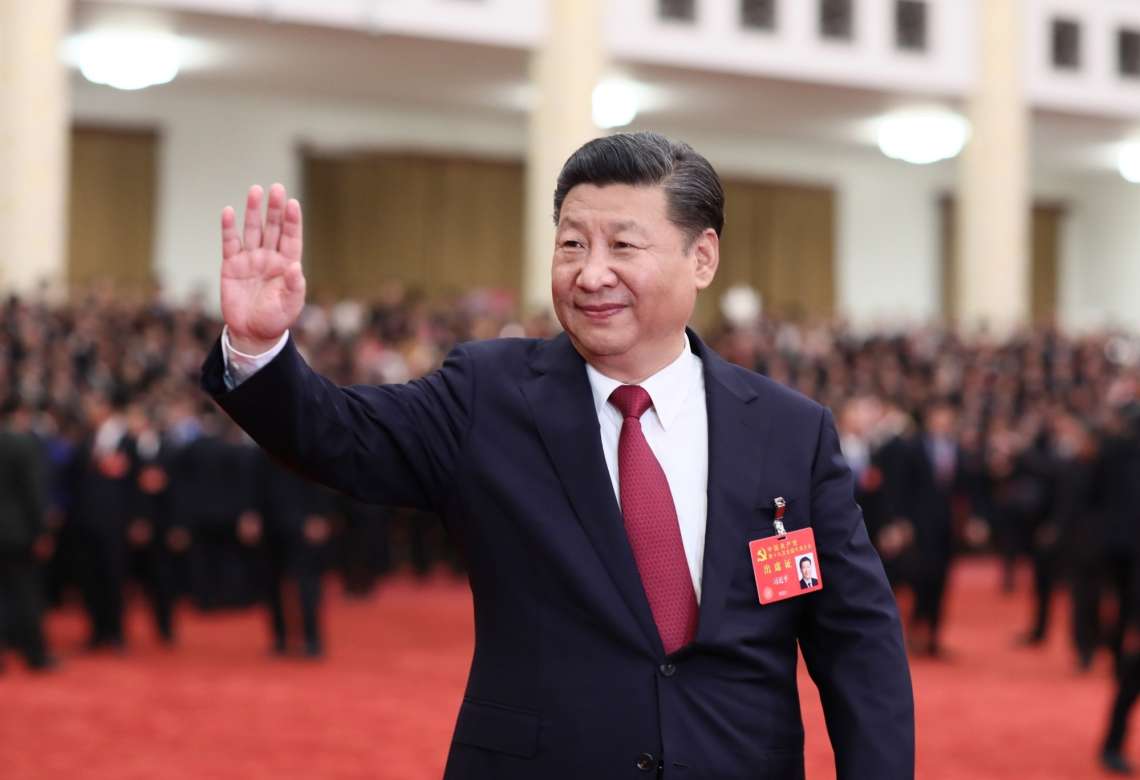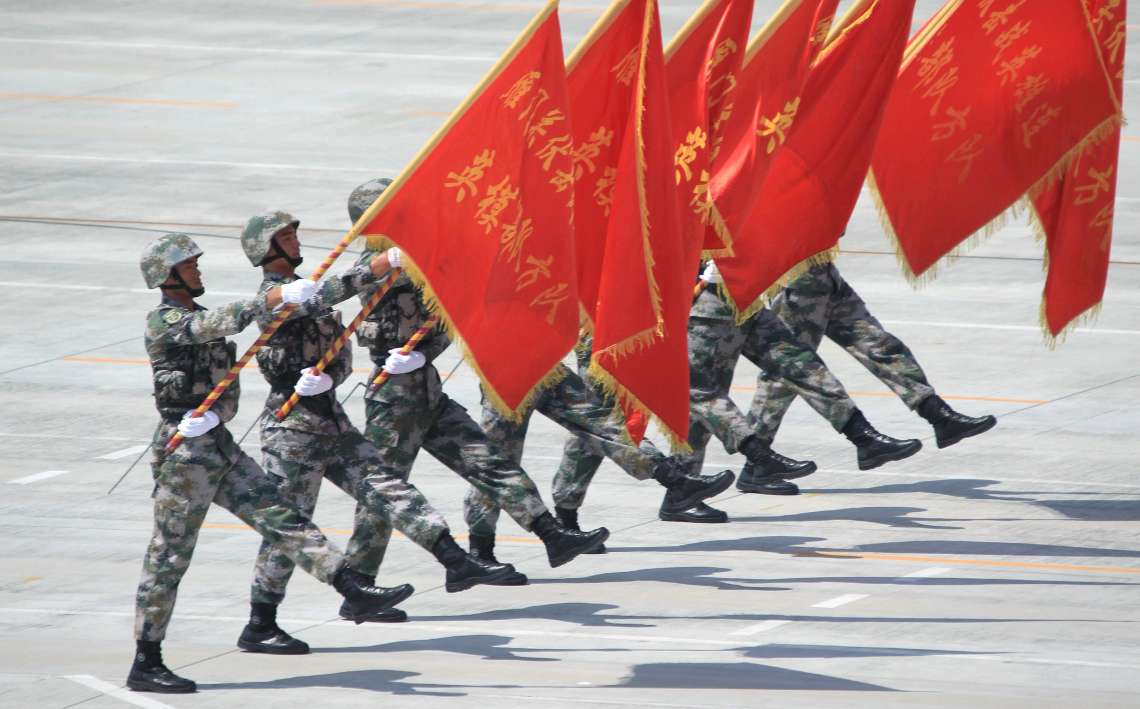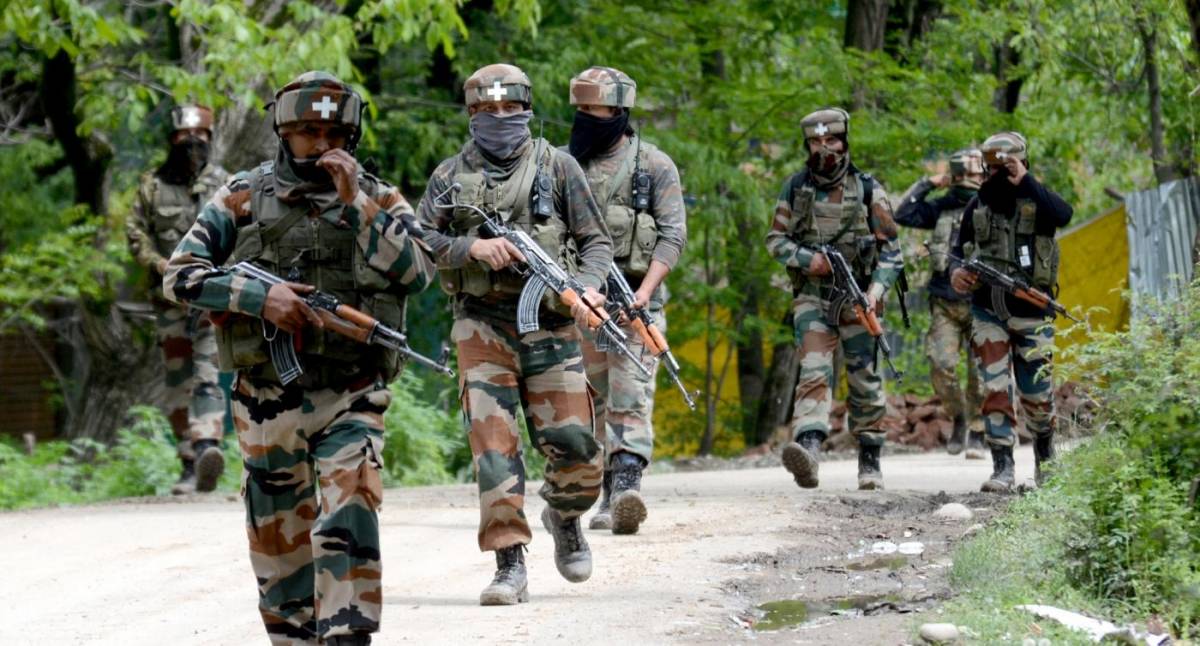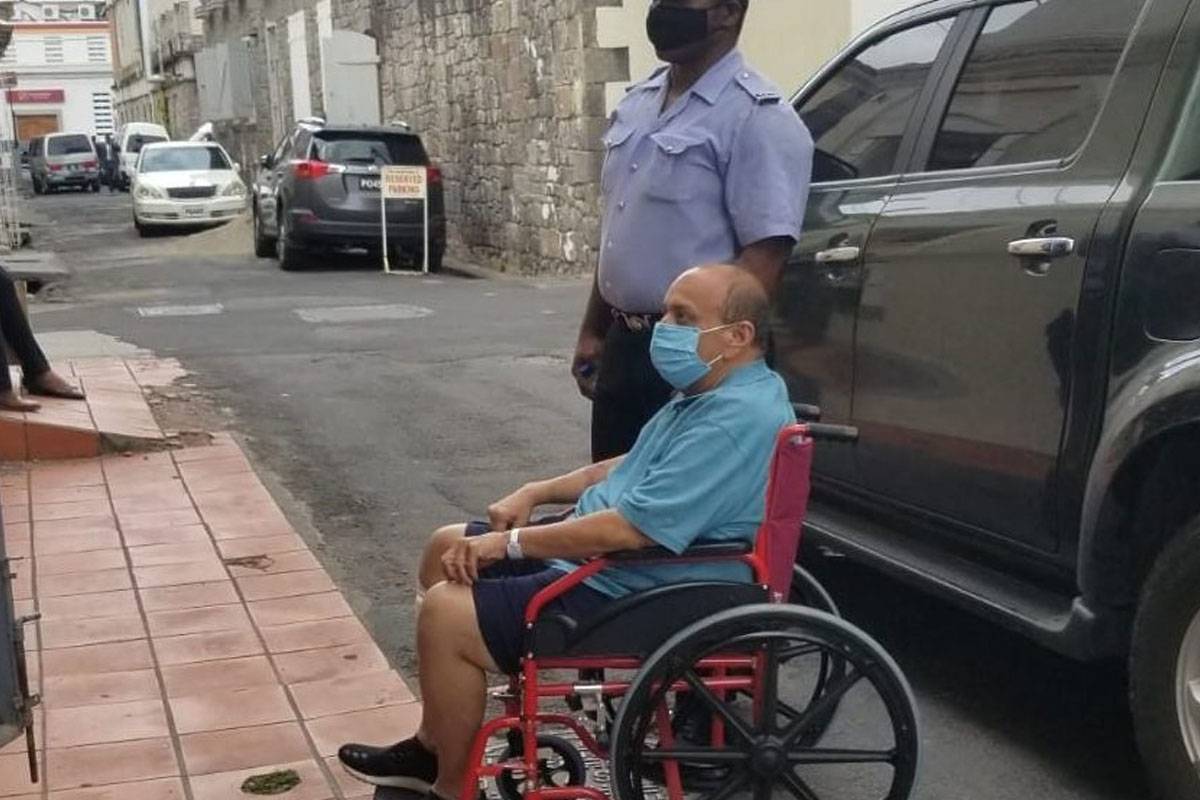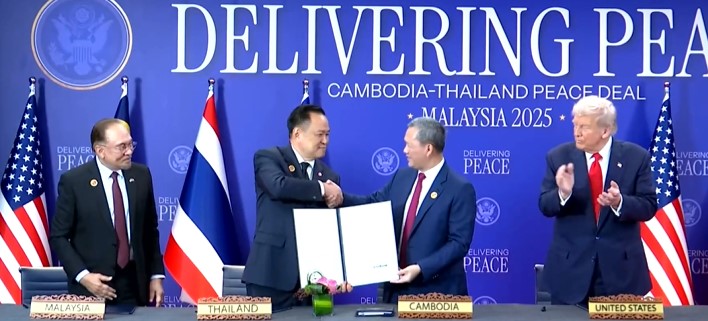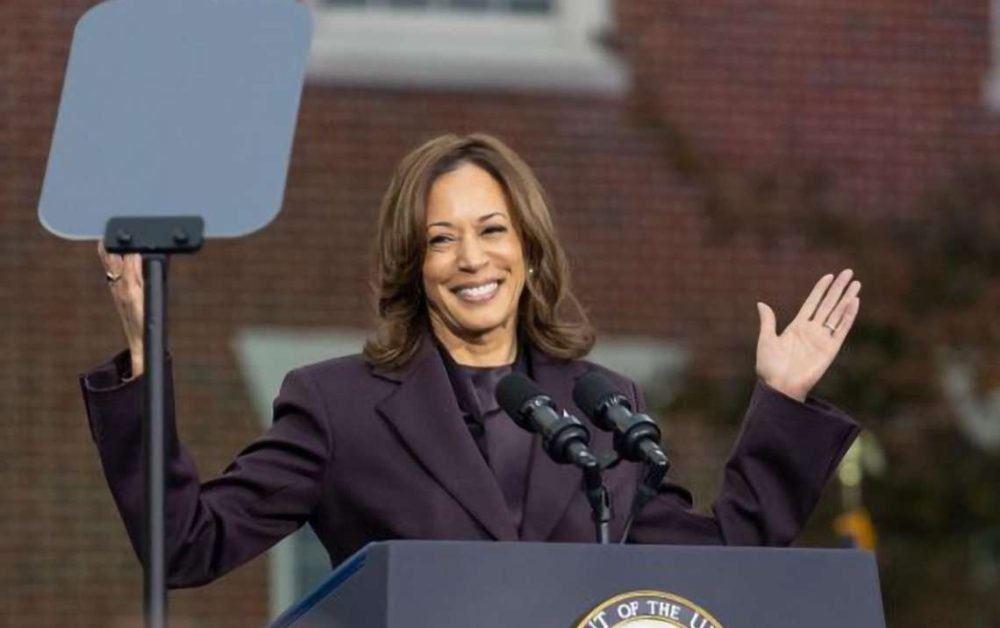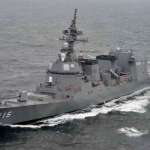Chinese People’s Liberation Army troops and civilians came on the other side of the Sindhu river in the Demchok region of Ladakh….reports Asian Lite News
Even as India and China are in talks to resolve the disputed border issue in eastern Ladakh, Chinese troops displayed banners of protest near the Line of Actual Control in Demchok during celebrations of the birthday of Tibetan spiritual leader Dalai Lama.
“It is a regular affair every year. The Chinese protest as we celebrate Dalai Lama’s birthday,” said a senior government officer adding that the protest happened on July 6.
Chinese People’s Liberation Army troops and civilians came on the other side of the Sindhu river in the Demchok region of Ladakh.
“They waved their flags in protest when villagers on Indian side were celebrating the birthday,” said the officer adding that they came in five vehicles and raised banners and flags.
Prime Minister Narendra Modi greeted the Dalai Lama on the occasion of his 86th birthday.
It was for the first time, Modi officially said he spoke with the Dalai Lama.
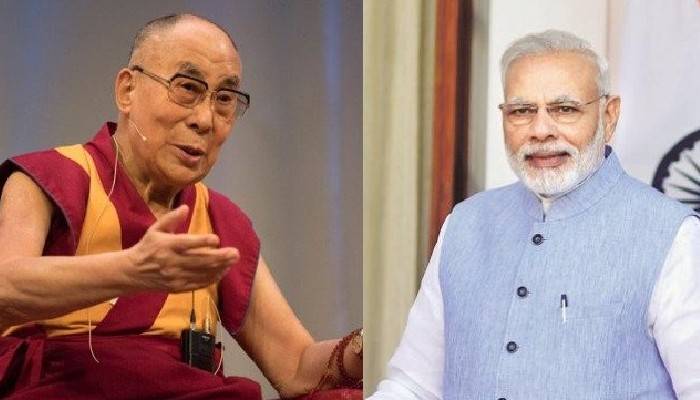
In a tweet, Modi said, “Spoke on phone to His Holiness the Dalai Lama to convey greetings on his 86th birthday. We wish him a long and healthy life.”
Amid the standoff with China, for the first time India changed its posture towards China, unlike its previous defensive approach that placed a premium on fending off Chinese aggression, India is now pursuing military options to strike back and has reoriented its military accordingly.
India reoriented around 50,000 troops whose main focus will be the disputed border with China.
ALSO READ: China blames US for Afghan crisis
The Mathura-based 1 Strike Corp, earlier tasked to cross the western border into Pakistan, has been reoriented from its position to the disputed border areas with China.
In addition to this, in the Central Sector – the least disputed portion of the border running along Himachal Pradesh, Uttarakhand to Nepal, deployment has also been strengthened with at least division level troops. A division of the Indian Army has at least 10,000 troops.
The Panagarh-based Mountain Strike Corps has been assigned to the Eastern sector of the border. The XVII Mountain Strike Corps, also called the Brahmastra Corps, has been assigned to hit back along the eastern sector when the need arises. The Mountain Strike Corps was cleared by the Centre about a decade ago but it had only one division attached to it so far.
The government is taking all requisite steps for strengthening of the Mountain Strike Corps.

This reorientation of the troops will lessen the soldiers dedicated solely to Pakistan but at the same time, more acclimatised troops who can shift from the northern border to the western border with Pakistan will be available to Indian military planners.
This gives the Indian defence establishment a higher level of maneuverability and flexibility vis-a-vis its neighbours.
The reorientation happened when China is refurbishing its existing airfields in the Tibetan plateau that will allow twin-engine fighter aircraft to be stationed, sources said. In addition, China has also brought troops from the Tibet Military Region to the Xinjiang region that is responsible for Karakoram Pass region.
Further, they have deployed larger numbers of long range artillery and are rapidly building infrastructure in the Tibetan plateau.
So far 11 rounds of diplomatic and military-level talks have taken place to resolve the border dispute. However, apart from de-escalation at Pangong Tso – a glacier at 14,000 feet — the border dispute remains at other friction points like disputed areas at Gogra, Hot Springs, Demchok, and Depsang at Line of Actual Control in eastern Ladakh.



